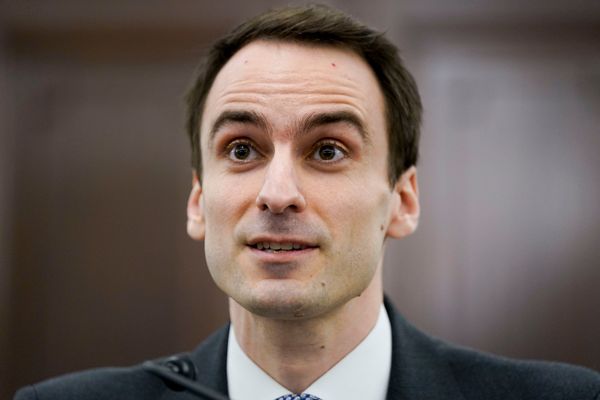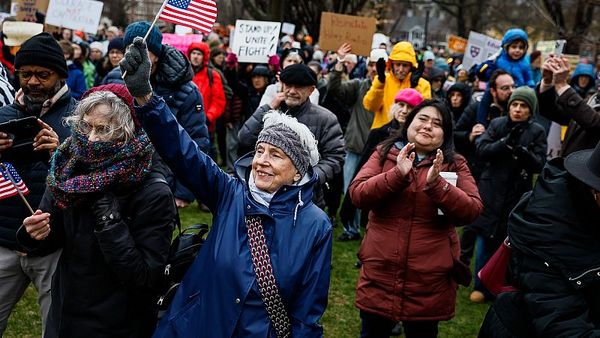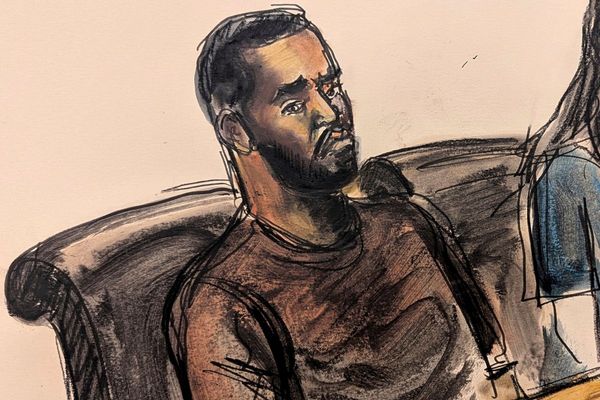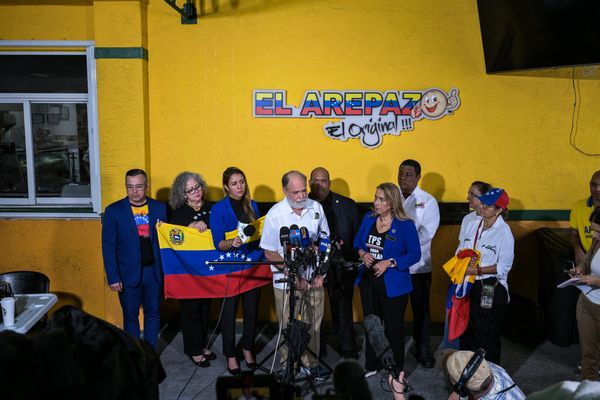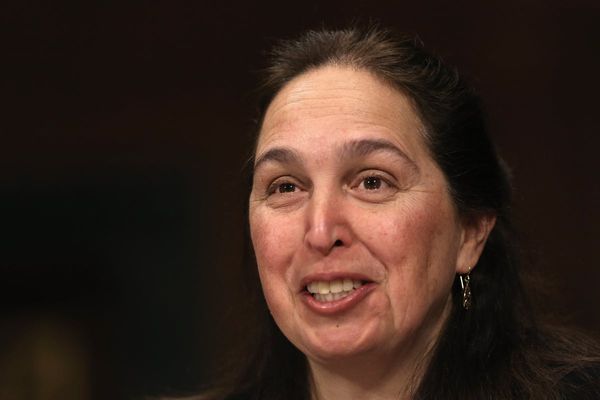
ONCE upon a time in the Hunter Valley, a wildly ambitious, yet successful, community project was conceived.
It was called Novocastrian Tales, and proceeds from this book soon incredibly raised more than $600,000, a very tidy sum ages ago.
Today it sounds a bit like a fairy tale, but donated contributions in 1997 from 40 authors and sponsors resulted in a special Aboriginal accommodation centre being built in bushland behind John Hunter Hospital at New Lambton.
Called Yallarwah Place (or resting place in Awabakal), it is believed to be the first combined indigenous/non-indigenous memorial in Australian history.
It was a prime, practical example of reconciliation in action, and also became known as the Hunter Region Bicentenary Memorial, marking 200 years since European settlement in the Hunter (1797-1997).
The centre was designed in the shape of a sea eagle astride a boomerang and drew inspiration from famous Awabakal man, Biraban (or Eagle-Hawk).
This Monday, September 5, marks the 25th anniversary of this special project, involving a small army of volunteers, unveiled on that day in 1997.
"The date of September 5 was chosen to launch Novocastrian Tales because it was the birthday of John Shortland (the European discoverer of the Hunter River and coal)," project co-creator Paul F. Walsh OAM told Weekender.
"Looking back now, it was an amazingly brazen thing to try to do for our (then) Newcastle Bicentenary," Walsh said, a little humbled even now by the juggernaut that he and his wife, Susan Harvey, created and published, harnessing the goodwill of the Newcastle community.
"For almost three years, Susan and I went totally without any payment, working 40-hour weeks. It took over our lives," the maths tutor explained.
"And its eventual success was extraordinary. Every day I'd get up, Susan would have a list of things for me to do. I doubt very much if anything else like Novocastrian Tales will ever happen again.
"The 420-page book cost about $80,000 to produce but sponsors and advanced sales over three editions paid for it, made it happen," Walsh said.
"Besides the actual book sales - with each writer and others volunteering their services - we had the bonus benefit of three-for-one-dollar agreement with the State Government of the day. Added to that, about $100,000 came in from an unexpected source, a donation from the Casino Community Improvement Fund."
By the book's very name, Novocastrian Tales published a series of entertaining word pictures, embracing history, but not a history book in the traditional sense. There were humorous fictional tales, factional tales, documents, poems and memoirs.
And what a cast of national and regional contributors. You couldn't afford to pay them if each story wasn't given gratis to the cause.
Besides the impressive forward by Australia's legendary former Labor prime minister Gough Whitlam (1972-75), others donating their time and talent to the book included radio personality John Doyle (aka 'Rampaging Roy Slaven'), acclaimed writers Barry Maitland and Nigel Krauth, comedian Mikey Robins, comic film star Yahoo Serious, Professor John Ramsland, the famous Biggins family, screenwriter Nick 'Blackrock' Enright and Australia's poet laureate Les Murray.
But wait, there's more. Other arresting tales were from people such as Shakespearean actor John Bell, acclaimed regional playwright John O'Donoghue, Brian Joyce, Ray Kelly, Norman Talbot, Kate Walker, Uncle Bob Smith, Marion Halligan, Julian Croft, Chad Leigh Watson, and Judith Fox.

"We tried also to get Maitland actress Ruth Cracknell, of TV's Mother and Son fame, but couldn't reach her. Later, actress Sophie Lee of the movie The Castle dearly wanted to be part of the project, but it was too late," book editor Walsh said.
"Writer, broadcaster and film-maker Phillip Adams, who did give us a tale, later paid us a big compliment by saying he thought the book was going to be a 'puff piece' then added that Oxford Press would have been proud to have published the final result," Walsh said.
Novocastrian Tales completely sold out its print runs, and the only place you might be lucky to find a copy today is in a second-hand bookshop.
The idea of the whole project had come to Paul Walsh at a party, but it was his wife, Susan, who really made it happen. Slamming down a coffee cup on their kitchen bench, she said to him, "Why don't you create something with a team for a change?"
Yours truly was also fortunate to be included within the book's pages. My tales included one on 'King Lash' in Newcastle's penal era, one about the Hunter's own Wyatt Earp who chased down bushrangers, and a re-imagined tale about a brief Hunter visit by American humourist Mark Twain in 1895. Rather oddly, this seemed to inspire former Deputy PM (and train buff) Tim Fischer, who suggested changing the name of Industrial Drive to "Mark Twain Drive" to promote Hunter tourism.
Besides physically creating today's Yallarwah Place, two striking items still exist there today, reminders of past endeavours. Both are unusual plaques (pictured) framed in total by 21 hands cast in bronze. Many linked palms are those of book authors, but one handprint is of a great project supporter, politician Andrew Refshauge, once NSW deputy premier, plus minister of both Health and Aboriginal Affairs.
Another is of former prime minister Gough Whitlam. "He was recognisable from his bad thumb damaged in World War II. Gough said he had first encountered discrimination against an Aborigine on his RAAF squadron ground staff," Paul Walsh said.
Three striking bronze plaques on site were the brainchild of Newcastle University academic and artist Vlase Nikoleski. He re-imaged how Aboriginal culture once used hand prints stencilled on walls, as no two hands were the same.
As Paul Walsh recalls: "We went to a Sydney office to get Gough's handprint with Vlase heating up a frying pan with some wax to create a mould. It was pretty primitive.
"Then Gough Whitlam suddenly appeared. He was a huge bugger with a reputation of having a monumental ego.
"But instead, we found him so gracious and very friendly with a self-deprecating sense of humour, laughing at himself. We only wanted a handprint in wax but he came in without a coat, his business shirt sleeves rolled up and barefoot.
"Would you like to do me in the full Hollywood style?" he joked, as if he was about to cast his footprints and palms in a wet cement walk of fame in Los Angeles.
Today, Yallarwah Place and a nearby linked bush walk at JHH have survived the years. Yet, strangely, Paul Walsh has never really returned here for more than 20 years.
"I just hope the site hasn't changed all that much," Walsh said.
In honour of the book's 25th anniversary, Paul F. Walsh has written a new Novocastrian tale. Read Communion here.
WHAT DO YOU THINK? We've made it a whole lot easier for you to have your say. Our new comment platform requires only one log-in to access articles and to join the discussion on the Newcastle Herald website. Find out how to register so you can enjoy civil, friendly and engaging discussions. Sign up for a subscription here.
